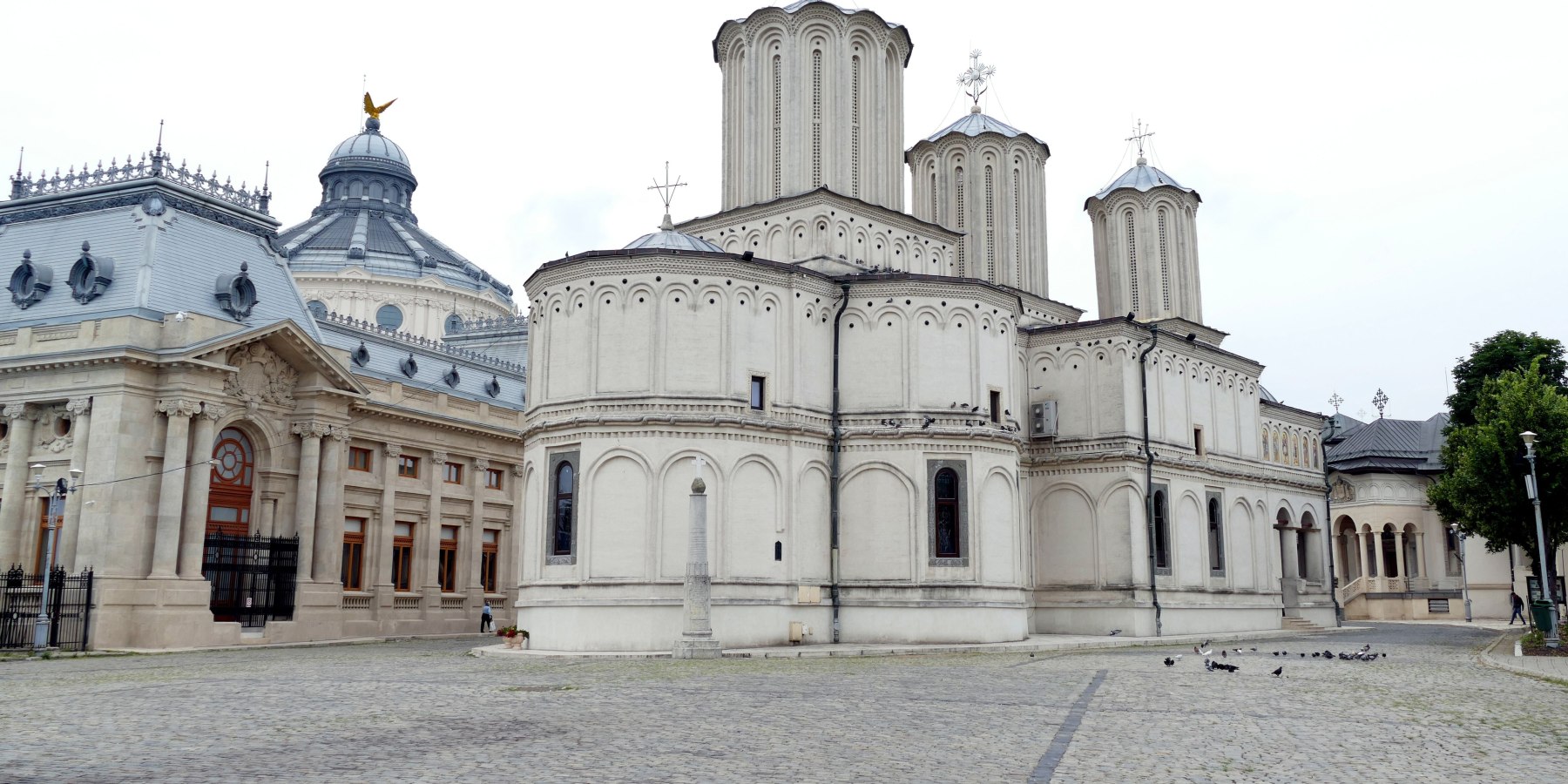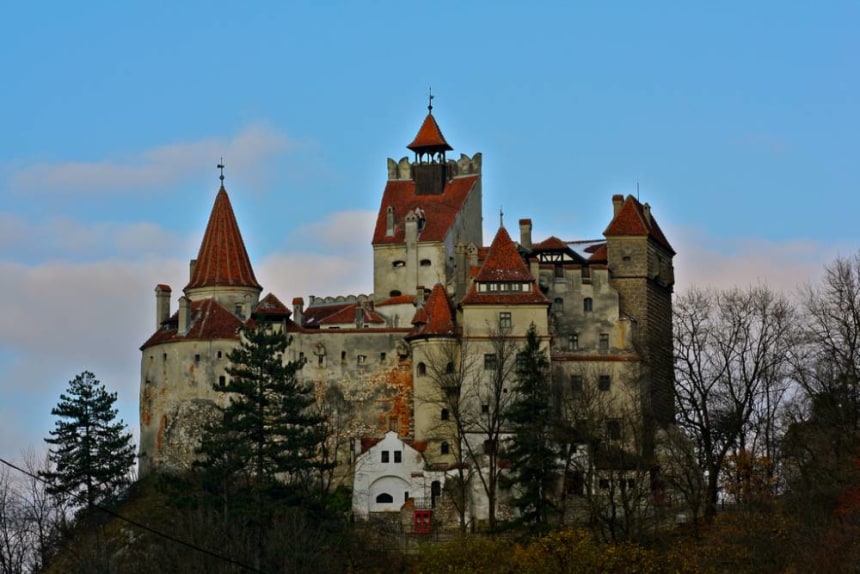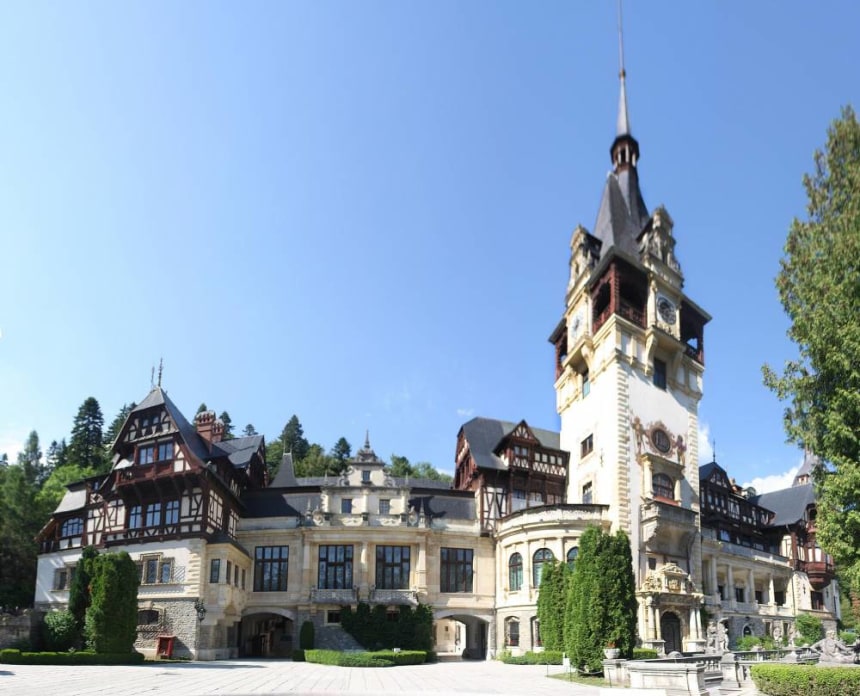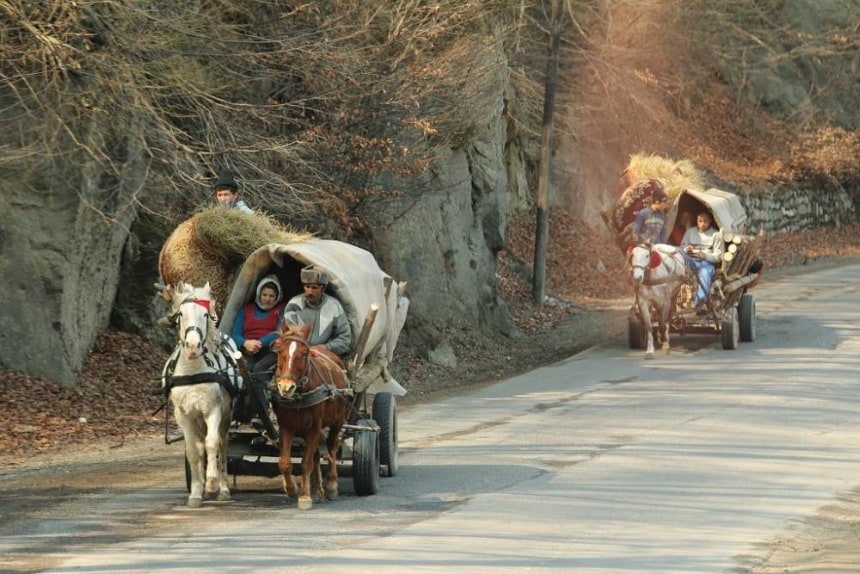| 6 mins read
By Joseph Francis
From the rugged peaks of the mighty Carpathian Mountains to the grizzly bear-spotted forests and hills of mysterious Transylvania, the buzzing cityscape of Bucharest with its underground bars and beautiful parks, to the artsy hubs of Cluj Napoca, Romania has a lot to interest travellers of all kinds; from adventure seekers to culture vultures to history buffs to hedonists. Here is a Romania travel guide to the top 10 activities that this veritable jewel of Eastern Europe has on its menu, complete with cutting-edge jazz fests, flavoursome cabbage rolls, ski resorts and plenty, plenty more.
Sample sarmale cabbage rolls in a traditional tavern
No journey to Romania could possibly be complete without sampling a little of the unique national cuisine that’s grown up here on the confluence of East and West. With flavours taken from the Ottoman, Germanic, Austrian, Balkan and Slavic kitchens, the menus here serve up a medley of emulsified sausages, black puddings, wheat brans and Romani kebabs. However, the undisputed national dish and a must-try for any foodie, is the sarmale cabbage roll; a dish from the Caucasus that packs bacon, mince, pork and cabbage in a shell of filo pastry. Get it from a traditional mountain tavern for the best!
Seek out Dracula in Transylvania
Steeped in legend and myth and immortalised by the pages of Bram Stoker’s Dracula, the land of Transylvania is now synonymous with the supernatural and the scary. Travelers to Romania today flock here to seek out the turrets and towers of the iconic Bran Castle, a soaring citadel of red-topped keeps and bulwarks that’s gone down as the ancestral home of Stoker’s famous count. Transylvania tour guides invite guests to scale to the exhibition rooms of the castle on the ridges of the Călimani Alps and unravel vampire tales while exploring secret passages, dining halls and the old court rooms of Vlad the Impaler.
Wonder at Peles Castle
In a country riddled with castles and forts, Peles Castle comes up trumps. Famed across the globe for its elegant neo-Renaissance design, incorporating bold Gothic turrets and half-timbered walls, it boasts dramatic views over the rising ridges of the Carpathian Mountains and a gorgeous setting amidst Transylvania’s fir forests. Tours of the castle can take several hours and see visitors delve into a mix of Moorish, medievalist and Francophone architecture, weaving through the Grand Armoury with its Turkish blunderbusses and the Imperial Suite with its Habsburg charms.
Spot wildlife on the Danube River delta
The second largest river delta in all of Europe, the Danube Delta spreads out to claim more than 4,100 square kilometers on the northern edges of Tulcea County on the border with Ukraine. It’s hailed as one of the nation’s best preserved natural regions and bears its own UNESCO World Heritage listing to boot. Locals and travellers head here from far and wide to spot wildlife between its meandering channels and vine-clad bayous; a land trodden by pelicans and pheasants, purple heron, mink, ermine, meadow viper and oodles more!
Partying and parks in Bucharest
Following the dark days of Ceaușescu’s communism, Bucharest has risen and risen to become a truly hedonistic and happening capital of Eastern Europe. Today, Bucharest tour guides can showcase a wealth of beautiful parks, like Herăstrău, which sprawls over the more than one square kilometer on the northern side of the city. Come here in the day to wallow in pretty Japanese gardens, see babbling fountains and bob on boats on the waters of Lake Herăstrău. And then in the evening, Bucharest’s bars take centre stage, spilling out onto the streets of the historic Lipscani area. Come here after dark to sample everything from rowdy Irish pubs to smoky jazz joints and even sleepless underground rock bars that continue until the sun rises!
Hit the slopes at Poiana Brasov
Located close to the town of the same name and amidst the beautiful, fir-dressed Postavaru Mountains of the Carpathian chain that cuts right through the heart of central Romania, the pistes of Poiana Brasov are hailed as some of the most affordable in Europe. Boasting a total of 24 kilometers of groomed piste with modern snowmaking facilities, the resort has some cracking tree-lined runs that weave through the forests in the shadow of the Piatra Craiului and Bucegi peaks – not to be missed!
Enjoy jazz and art in Cluj Napoca
Hip and happening Cluj Napoca hails in as the unofficial capital of Transylvania; a gorgeous town of Baroque and Gothic builds that about cobbled streets filled with cafes and bars. Engage a Cluj Napoca tour guide to uncover the artsy, bohemian character of this cultural hotspot on the edge of the Apuseni Mountains and don’t miss the Transylvania International Film Festival or the city’s jazz fest if you happen to be in town! Art galleries also abound, with the contemporary collections of Plan B by Adrian Ghenie and the Bazis Gallery top of the list.
Go off-the-beaten-track in the villages of the Transylvanian Alps
Away from its up-and-coming cityscapes, Romania remains one of the most rural and bucolic of Eastern European nations. To get a glimpse of its timeless and untouched way of life, travellers would do well to head for the rustic enclaves of the Transylvanian Alps. Here, age-old timber hamlets pepper the hills, while creaking carts pulled by donkeys rattle over the cobbled bridal paths and farmers work the fields by hand. Check out Albac, Garda and Arieseni; all of which date from the Middle Ages and ooze with Roma traditionalism.
Uncover the UNESCO sites of Maramures and Bucovina
The wooden churches of Maramures are perhaps the most elegant of all Romania’s UNESCO sites. Dressed in shingle and thatch and exuding a real country character, their style is unique throughout the continent; displaying a fusion of the Orthodox and the Gothic. Elsewhere and the World Heritage-listed wonders of the Moldavia region also beckon. These were risen in the 15th and 16th centuries as the influences of Byzantine art crept their way into this remote part of Eastern Europe. Check out their glorious frescos and Orthodox murals, not to mention their striking fortified exteriors.
Joseph ‘Rich’ Francis is a freelance travel writer who has travelled extensively in Asia and Europe. He particularly enjoys the jazz bars of Poland, the ski slopes of Austria and the beaches and cities of India.
Image Details and Licenses: https://flic.kr/p/rJucQW (« R☼Wεnα », CC BY-NC-ND 2.0), https://flic.kr/p/7dCpwK (Kyle Taylor, CC BY 2.0), https://flic.kr/p/dcXpYS (Anuj Biyani, CC BY 2.0), https://flic.kr/p/a9VDxB (Manny Moss, CC BY-ND 2.0), https://flic.kr/p/ngAaS3 (Gabriela Avram, CC BY 2.0), https://flic.kr/p/4udtkU (Steve Hall, CC BY-NC-ND 2.0), https://flic.kr/p/oqjKKP (CameliaTWU, CC BY-NC-ND 2.0), https://flic.kr/p/bG4KG2 (Nicu Buculei, CC BY-SA 2.0), https://flic.kr/p/7nUTPY (mksfca, CC BY-NC-ND 2.0)










